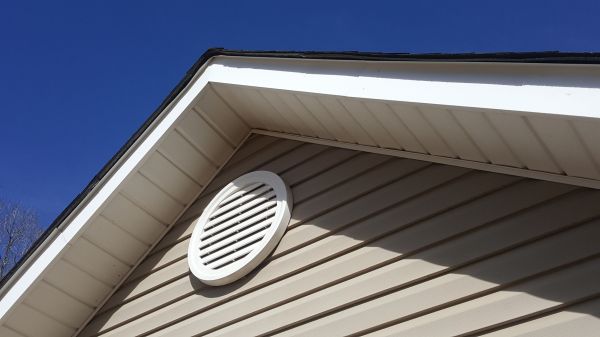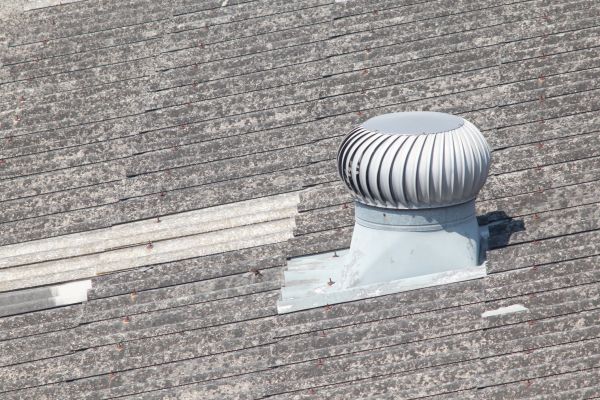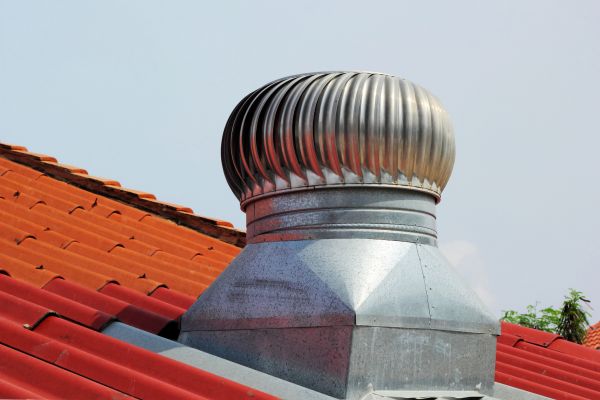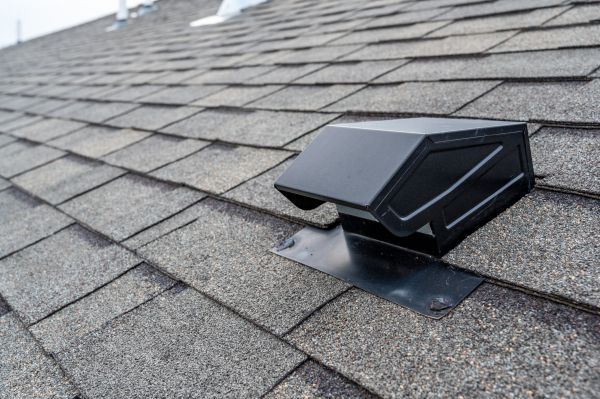Roof Fan Replacement Service
Affordable Roof Fan Replacement
Roof fan replacement is an essential maintenance task that ensures the efficiency and longevity of your building's ventilation system. Over time, roof fans can become less effective due to wear and tear, leading to inadequate air circulation and potential damage to the roof structure. Replacing outdated or malfunctioning roof fans not only enhances air quality and temperature regulation but also helps in maintaining the structural integrity of the roof. This proactive approach can prevent costly repairs and improve the overall comfort and safety of the building.
Benefits of Roof Fan Replacement
-
Improved Energy Efficiency
Replacing an old or faulty roof fan with a new, energy-efficient model can significantly reduce energy consumption. Modern fans are designed to operate more efficiently, which can lead to lower utility bills and a reduced carbon footprint.
-
Enhanced Air Quality
A new roof fan ensures better ventilation, which helps in removing stale air, odors, and pollutants from the building. This improvement in air quality can lead to a healthier environment for occupants, reducing the risk of respiratory issues and allergies.
-
Extended Roof Lifespan
Proper ventilation prevents moisture buildup and temperature extremes that can damage the roof over time. A well-functioning roof fan helps in maintaining the roof's condition, potentially extending its lifespan and reducing the need for frequent repairs.
-
Increased Comfort
By regulating temperature and improving air circulation, a new roof fan can enhance the overall comfort of the building's interior. Consistent airflow helps maintain a stable indoor climate, making the space more pleasant for occupants.
FAQs About Roof Fan Replacement
How often should roof fans be replaced?
Roof fans typically need replacement every 10 to 15 years, depending on usage and maintenance. Regular inspections can help determine when a replacement is necessary.
What signs indicate a roof fan needs replacement?
Common signs include unusual noises, reduced airflow, higher energy bills, and visible wear or damage. If any of these issues are present, it may be time to consider a replacement.
Can roof fan replacement be a DIY project?
While some may attempt a DIY approach, professional installation is recommended to ensure the fan is properly installed and functioning efficiently, reducing the risk of future issues.
What types of roof fans are available for replacement?
There are various types of roof fans, including axial, centrifugal, and mixed-flow fans. The choice depends on the specific needs of the building and its ventilation requirements.
Fill out the contact form today to request Roof Fan Replacement and experience the benefits of improved energy efficiency, enhanced air quality, extended roof lifespan, and increased comfort with professional installation.




